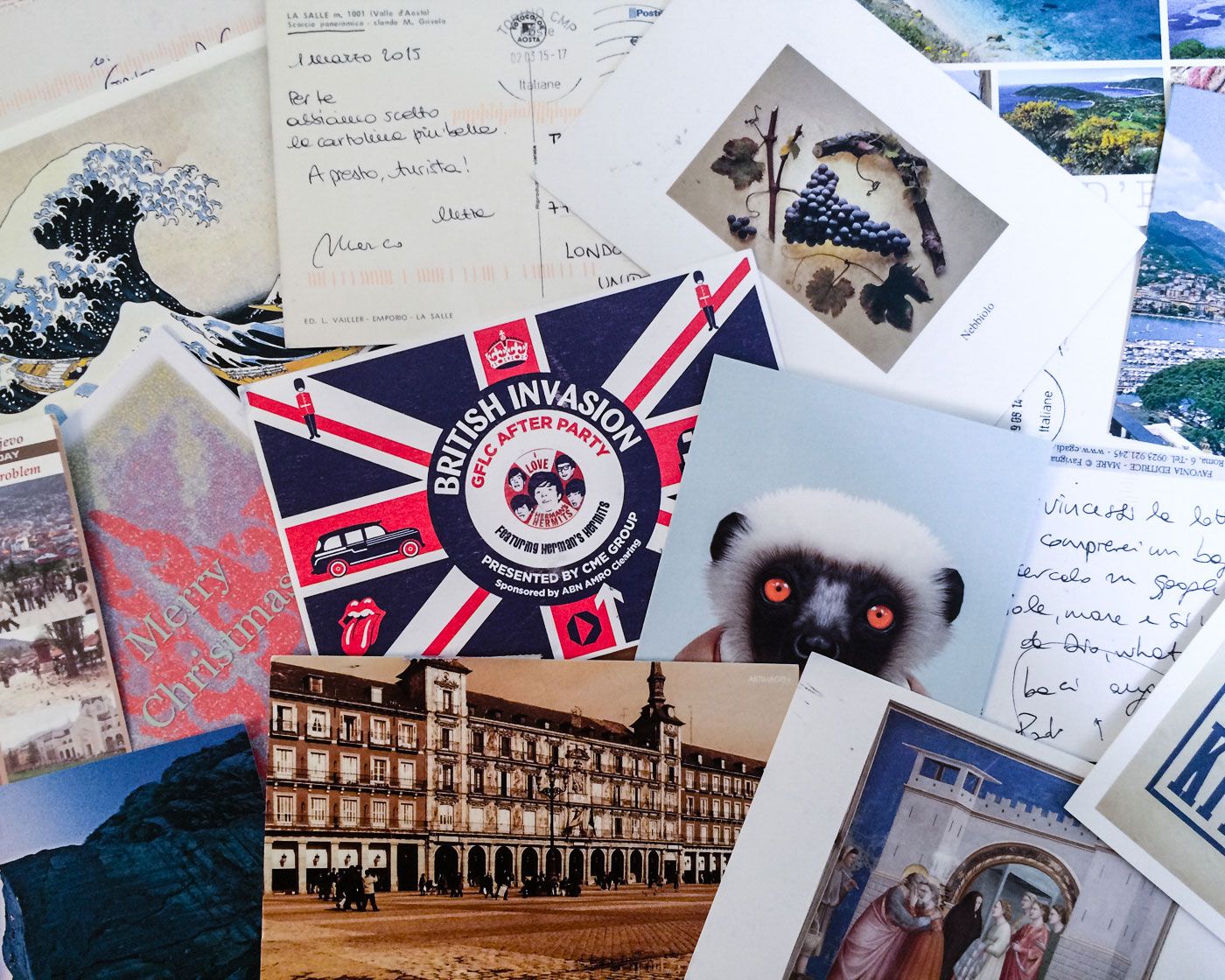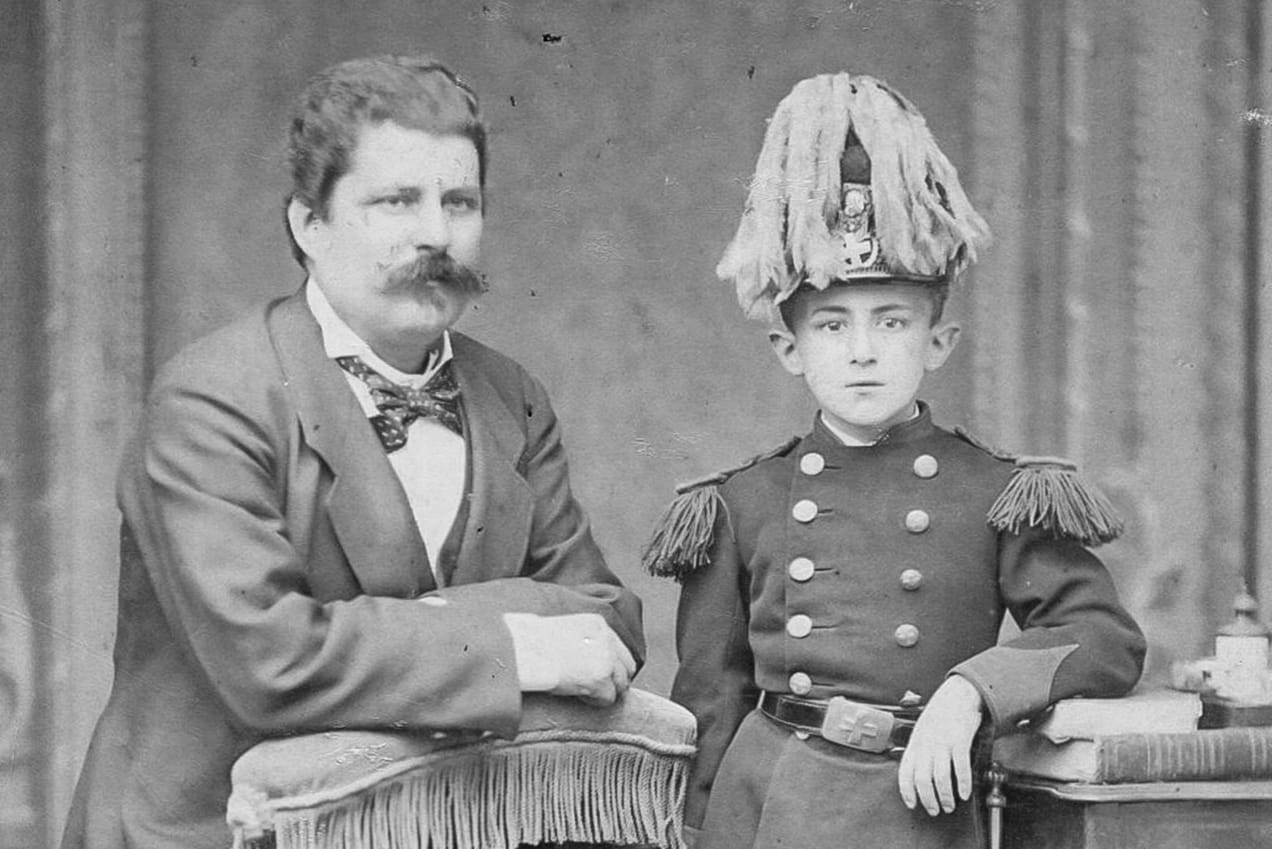
Taking it slowly: why I love to send (paper) postcards
uring a recent lunch with a good friend who works as a digital strategist, I casually mentioned that I like to send postcards, to which she commented quite baffled “you still send postcards?”. My natural reply was “dozens, probably hundreds, of them each year”.
“Slowing down could be the single most effective action to save the world.” - Donella Meadows
During a recent lunch with a good friend who works as a digital strategist, I casually mentioned that I like to send postcards, to which she commented quite baffled “you still send postcards?”. My natural reply was “dozens, probably hundreds, of them each year”.
I’ve been consistently sending postcards during my whole life, and the frequency has increased since I moved out of my native Argentina in late 2001. I guess that prior to ubiquitous social media and “always on” connectivity, sending postcards was a normal thing to do. Despite the fact that I can poke any of my friends in real-time through Email, Facebook, Twitter, Instagram, or WhatsApp, I find myself sending more postcards now than ever.
Reflecting on this practice I came to the conclusion that the main reason why I send so many postcards is because we are so digitally connected that receiving a slow, old-school, message from somewhere around the world has become more significant than ever before.
I like to take time to think of whom I’d like to write to, pick a card, write down on it with a fountain pen, and markit with one or several rubber stamps collected throughout my travels (it’s no surprise that my preferred ones tend to be Japanese).
To send a postcard and have it randomly show up in your mailbox is my way of saying “I’m thinking about you”.
While we might be more digitally connected than ever, we’re still made of flesh and bones and I think there’s some value in receiving a physical object to remind us of our connectedness beyond bits and bytes. Writing a postcard is not multitasking-friendly. It requires time and attention to manifest your thoughts and the recipient’s address on paper, walk to the post office, and finally insert it into a mailbox that often looks as if it belonged to a long forgotten universe. An added bonus is that post offices still produce stamps with different and often limited artwork. The fact that it might take days, weeks or months for this object to reach its destination – if it ever does so – provides this whole ritual with a wishful patina.
Sending physical postcards is a way to reconnect with friends and family. For example, in Japan the practice of nengajō (年賀状), sending New Year’s postcards, is still quite popular and if the postcards are presented in time to the post office, they will be delivered during the first day of the year all at once.
So friend, if you’re travelling somewhere interesting or maybe you’re just at home but we haven’t connected in a while, then why don’t you send me a postcard and I’ll certainly reciprocate sooner than later! (For practical reasons I would rather not write down my home address here but reach out in private if you need it).


